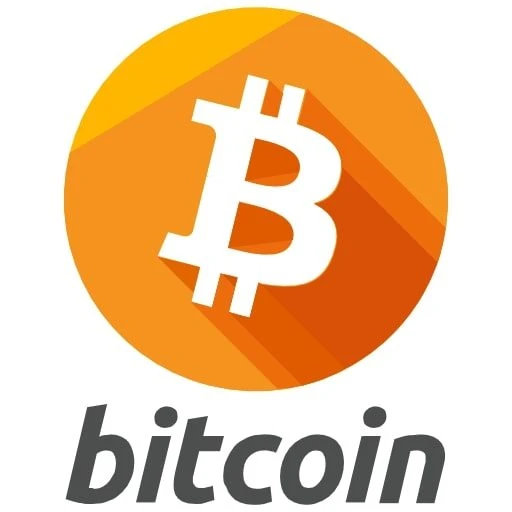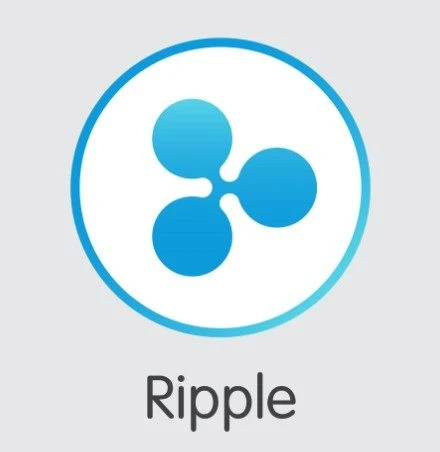Main Differences Between Bitcoin and Ripple
You’ve already noticed differences in the fundamental explanations of the two cryptocurrencies. However, there are more to consider:
| Differences | Bitcoin | Ripple |
|---|---|---|
| Market supply | Bitcoin has a lower market supply at a maximum of 21 million tokens mineable. | Ripple has a higher market supply with 100 billion tokens pre-mined. |
| Transaction speed | Transactions are slower and at high fees | Transactions are faster and cheaper |
| Consensus mechanism | Uses a proof-of-work consensus mechanism | Uses a consensus validation mechanism through polls |
| Blockchain technology | Uses a fully-decentralized blockchain technology | Uses a blockchain-based digital payment protocol controlled by a consortium of entities |
| Market cap rank | 1st | 6th |
Market supply
Ripple has more supply than Bitcoin. While the latter enjoys a 21 million pool (with over 18 million in circulation already), Ripple has 100 billion coins pre-mined. Out of Ripple’s 100 billion, 45 billion are already in circulation.
You should note that the 21 million Bitcoins stated above aren’t pre-mined. They have to be mined through computational infrastructures designed to solve problems. The 21 million figure only exists because the Bitcoin network’s blockchain is configured to be capped at 21 million.
The artificial scarcity created by the cap is responsible for the coin’s high value, which also explains investors’ interest in the crypto as a store of value.
Speed of transactions
The difference in the operational model for Ripple results in a fast transactional rate. Ripple is faster than Bitcoin, consequently resulting in lower transaction costs. The Ripple network fosters speedy remittances, currency exchange, and payment settlements. XRP transactions take a few seconds to complete. On the other hand, Bitcoin may take minutes, hours, or days.
Validation methods
The difference between the two coins also shows in their transaction validation processes. For Bitcoin, miners solve problems to validate transactions into blocks through the proof-of-work consensus mechanism and then get rewarded for their effort. For Ripple, the consensus validation mechanism uses polls to authenticate transactions.
The decentralized polling system is more efficient and reliable. Furthermore, Ripple’s validation process requires low computational power.
Underlying technology
While Ripple is decentralized, many argue it still enjoys a degree of centralized control. The token requires a network of validators by operating on a consensus ledger. Ripple Labs chooses the validators, which is a more efficient approach, but still gives life to the need for trust. The network has to pick validators it can trust, which is against what blockchain aims to render obsolete – the need for trust.
Bitcoin, on the other hand, promotes a trustless concept. By using a public blockchain maintained by the community, there is no need for any person or entity to be trusted. The system rewards its participants autonomously.
Analogies to Understand Bitcoin and Ripple Differences
The real-world usage of Bitcoin and Ripple gives further context to their differences.
Bitcoin’s use

In a country like El Salvador, where Bitcoin is a legal tender, you can pay with Bitcoin rather than buy stuff with the US dollar. All that matters is the accurate value interpretation in the real-time price of BTC.
In other cases, you can buy Bitcoin, like you’ll purchase land, and sell it off when the value is higher. Traders and investors leverage the fluctuating value of BTC to accrue financial gains.
Ripple’s use

Ripple has its currency, XRP. More importantly, Ripple works as a payment and settlement infrastructure. Rather than conducting international money transfers through banks using the costly and sluggish SWIFT system, you can use Ripple.
With SWIFT, your bank has a unique code. You can then inform the bank in question about a potential international transfer. Then, through SWIFT, the transfer instructions are sent to the recipient bank, with the equivalent in whatever currency. Both sides of the transaction incur charges, and processing is bound to take days.
Ripple solves both problems by issuing its XRP token to facilitate asset transfer. If A wants to send $500 to B, A converts the money to an equivalent XRP token, then sends the ripple coins to B. B receives the XRP tokens instantly and can decide whatever currency to change them to in their home country.
Conclusion
Bitcoin and Ripple are similar in some ways and different in many. Regarding efficiency and cost-effectiveness, Ripple has more advantages. However, Bitcoin currently enjoys better public sentiment despite its shortcomings. Public opinion has also primarily defined the major use cases of both currencies. While Bitcoin can transfer assets, it’s used mainly for payments and as a store of value. Similarly, while XRP can be a store of value, its use case pushes more toward replacing the traditional SWIFT network.
This dichotomy reflects an innate issue plaguing cryptocurrencies – their values remain primarily about how people feel about them.
Facts Checked by Josip Putarek, Senior Author




